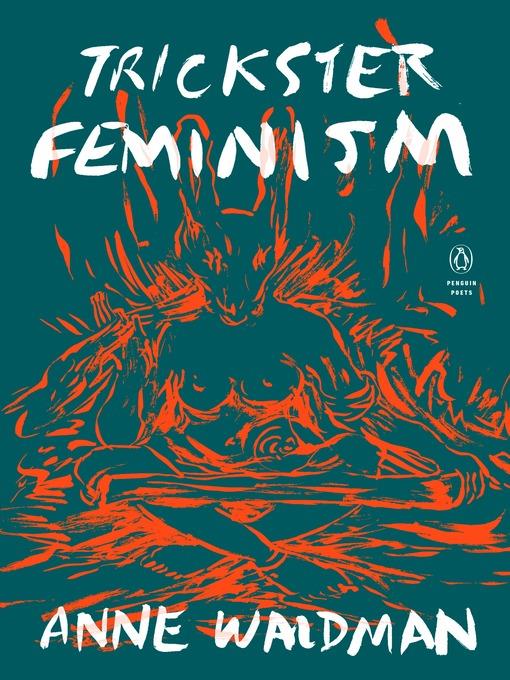
Trickster Feminism
Penguin Poets
کتاب های مرتبط
- اطلاعات
- نقد و بررسی
- دیدگاه کاربران
نقد و بررسی

June 15, 2018
Countercultural Naropa poet Waldman (The Iovis Trilogy) bases her new book on the trickster archetype, a character who through the use of deception is able to disrupt the normal order and replace it with a new way of doing something. If there's a narrative line to these difficult-to-read language poems, it's that 70-year-old Waldman has tricked death through art. As she says, "I had to write/ my assassin's dream/ I had to conjure with my last breath/ to disappear/ within/ animation of drum and larynx/ I offer crystalline chants/ just scribble out poems; Waldman's open-form, projective verse style is replete with puns, irony, alliteration, and parallel texts, as well as sidebars, footnotes, photographs, and illustrations (based on the cover painting of a rabbit-goddess figure by performance artist Laurie Anderson). The volume begins with the poem "trick o' death," about death, and ends with "trick o' life," a poem about life. In between, the collage-like poems refer to everything from Buddhist teachings to characters from Greek mythology. VERDICT Waldman defies death with new poems, which at their best, push against her own demise and celebrate life. Recommended for serious poetry collections.--C. Diane Scharper, Towson Univ., MD
Copyright 2018 Library Journal, LLC Used with permission.

June 18, 2018
Acclaimed poet Waldman (Voice’s Daughter of a Heart Yet To Be Born) plumbs the variations and nuances of female subjectivity and paths to liberation through the performance of words and rituals. In her opener, “trick o’ death,” she lambastes capitalism as “the titular rape mode of quest & scheme,” directing readers to meet her “on the other edge of town” in order to hatch a plot to “take down the big horrible men.” Waldman references such mythical female figures as the Lady of the Lake, Callisto, and the Gorgons while crafting legends of her own, including one involving a coven of women living underground, plotting revolution: “maybe we could have a parable about craving soil under avenues, hope & fear. Times of the chthonic.” She suggests that readers “secede from the vocabulary they give you” and provides her own view of what this might look like through poems that tend to be long meditations on a theme, but which vary widely in form. Waldman’s erudite and experimental language is notable in such poems as “entanglement,” where she riffs on the names of famous women writers, i.e., “Wall stone craft” and “Auld tray lured.” The collection is fragmentary and obtuse, even for Waldman, and requires some decoding, but the subtext is a rich and stirring commentary on feminine empowerment.

























دیدگاه کاربران